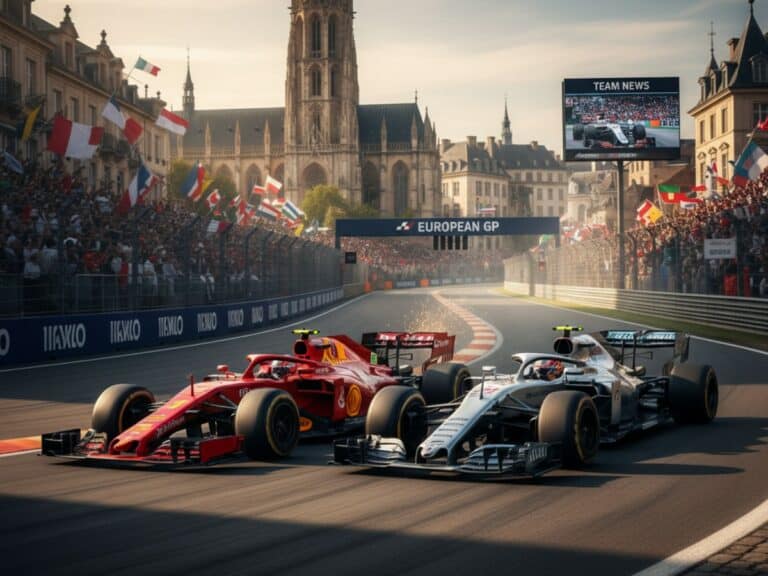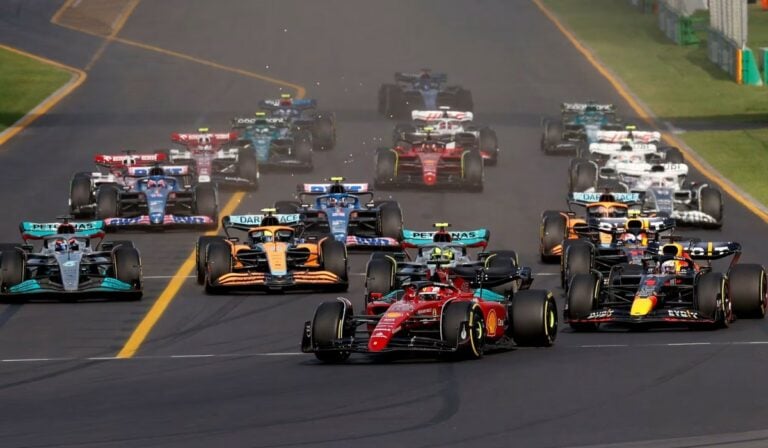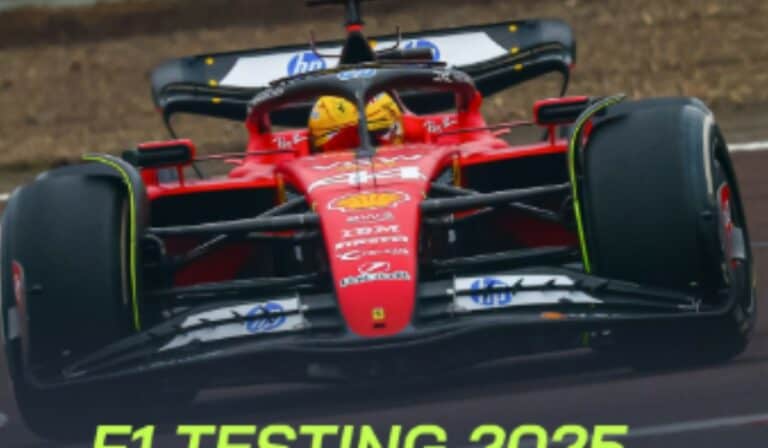Evaluating the Impact of Tyre Technology on Formula 1 Racing Dynamics
Formula 1 is often mentioned as the prime example of motorsport which drives further innovation and the advancement of technology. Out of numerous technical aspects, tyre technology can be discussed as one of the most important ones for this form of sport. The reason is that tyres are the only element that is in contact with both the vehicle and the road, which often makes their influence on speed, strategy, and overall success of the race irreplaceable. This article discusses the technological tendencies of tyre design in Formula 1 from different perspectives.
The Evolution of Tyre Technology in Formula 1
The history of Formula 1 is, in many ways, a history of continual advancements in tyre technology. From the use of cross-ply tyres in the initial years to the introduction of radial tyres and the constant tweaks in rubber compounds and structures, tyre technology has undergone significant evolution. Each era in Formula 1 has been marked by tyre advancements aimed at improving speed, safety, and performance.
Initially, tyres were designed to last entire races, putting less emphasis on tyre strategies. However, as the sport progressed, the introduction of tyre changes during races added a thrilling strategic dimension to Formula 1. The development of tyres has shifted from durability-oriented designs to the creation of various tyre compounds designed for different race conditions, enhancing the spectacle and unpredictability of races.
The Role of Tyre Compounds and Strategies
In the modern Formula 1, tyre compounds and strategies are vital to the race’s outcome. Tyre manufacturers, such as the current supplier, Pirelli, and teams consider several compounds with varying degrees of hardness. The softer a compound is, the more grip and speed it offers; however, the compound has less durability and needs to be switched faster, resulting in frequent pit stops. Harder compounds, with their lesser speed, spare teams trips to the pit for a longer time. The problem of which and how many tyres to pick is solved by the racers in the context of the current track, the weather, and the race they are planning to undertake. In a world where every millisecond counts, this adaptability determines success.
The Impact of Tyre Technology on Racing Dynamics
The racing dynamics in Formula 1 highly depend on tyre technology. The levels of grip associated with different tyre compounds define a car’s behaviour in corners, as well as its acceleration and braking rates. As a result, tyre choice determines a driver’s abilities to overtake opponents, defend or keep positions and control pace throughout a race. Furthermore, tyre degradation subjects teams to the need to choose a trade-off between speed and the lifespan of their tyres. Such a mechanism of racing requires constant data evaluation and analysis for the teams to make efficient tactical decisions.
Challenges and Controversies
While the advancement in tyre technology has undoubtedly enhanced Formula 1, it has not been without challenges and controversies. Issues such as tyre blowouts, unexpected degradation rates, and the “cliff” effect – a sudden loss of tyre performance – have at times marred races and sparked debates regarding safety and competition fairness.
Furthermore, some critics argue that the current reliance on tyres for performance variability excessively complicates the sport and detracts from pure racing elements, such as driver skill and car engineering prowess.
The Future of Tyre Technology in Formula 1
Formula 1 is entering a new stage where the emphasis will be on sustainability and a great deal of attention will be paid to environmental issues. As such, tyre technologies continue to change accordingly, meaning that the future evolution can involve some environmentally friendly materials, and tyres will be more durable while offering the same level of performance. Apart from this, safety improvements are also possible, and sensors are incorporated into the tyres so that they provide real-time information to the team and the driver can be the technological advancement that would characterize this period. This way, tyre technologies will not lose their current importance for the industry, and the tyres will remain an integral part of Formula 1 as a spectacular event.
Conclusion:
The technology has been quite influential in the dynamics of Formula 1 racing. This is because as the sport keeps advancing, there seems to be an increased focus on further developing tyre technology. World-class companies take time to sponsor these racing events, and so tyre technology is bound to remain a significant technological advance in the future. On a similar note, the fact that tyre technology is ailing with a dial of challenges and controversy means that the process of the technology’s growth will continue to be interesting. Overall, tyre technology in Formula One epitomizes the dynamics of racing.







